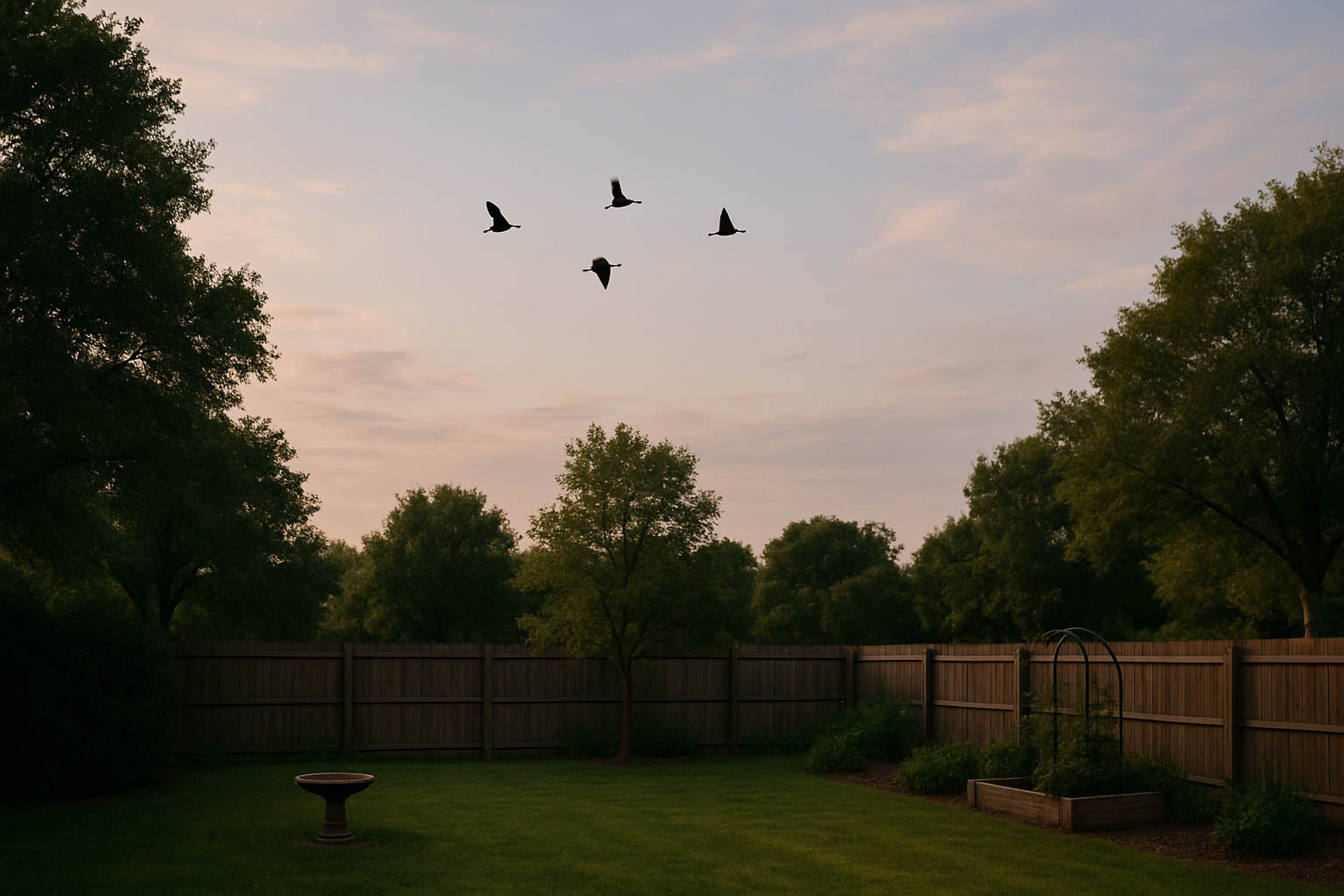Where you place your bird feeder is just as important as what you put inside it. Unfortunately, there are a lot of myths and misconceptions about feeder placement that can leave backyard birders frustrated when birds don’t visit. By separating fact from fiction, you can create a setup that’s safe, effective, and attractive to a variety of species.
At Trail Optics, we believe smart bird feeding starts with smart placement. Here’s a closer look at common myths — and the truths behind them.
Myth 1: Feeders Should Always Be in the Open
The myth: Birds won’t visit feeders unless they’re out in the open where they’re easy to see.
The truth: Birds prefer feeders placed near cover, such as shrubs or trees, which give them quick escape routes from predators. Feeders in wide-open spaces often feel unsafe.
What works: Position feeders 5–10 feet from natural cover, balancing safety with visibility.
Myth 2: Feeders Near Windows Are Always Dangerous
The myth: Placing feeders near windows leads to collisions, so they should be far away.
The truth: Collisions are a risk, but placement matters more than distance. Feeders within 3 feet of a window reduce speed if a bird does collide, while feeders more than 10 feet away prevent accidents altogether.
What works: Place feeders close enough or far enough to minimize collision risk, and use window decals if needed.

Myth 3: Birds Will Stop Coming if You Move the Feeder
The myth: Birds become “trained” to feeders and won’t return if you relocate them.
The truth: Birds are adaptable and will find feeders again, especially if you keep them stocked with food they love.
What works: Move feeders gradually, or keep them in a general area with good visibility and cover.
Myth 4: Any Height Works for a Feeder
The myth: It doesn’t matter how high your feeder is, birds will find it.
The truth: Height plays a big role in safety. Feeders too low are vulnerable to cats and squirrels, while feeders too high may be out of reach for certain birds.
What works: Place feeders 5–6 feet above the ground — high enough for safety but accessible for most birds.

Myth 5: One Feeder Is Enough for All Birds
The myth: A single feeder will attract all the species you want.
The truth: Different birds prefer different feeder types. A tube feeder works for finches, but larger birds like cardinals need platform feeders.
What works: Use a mix of feeders — tube, platform, suet — to maximize variety.
How Trail Optics Smart Feeders Break the Myths
Even with the best placement strategies, it can be tricky to know what’s working. Trail Optics smart feeders make it easy by:
- Providing real-time monitoring with built-in cameras.
- Sending alerts when new birds visit.
- Offering durable construction that works well in a variety of locations.
With smart technology, you can test placements, see results instantly, and enjoy more control over your birdwatching setup.
Bird feeder placement doesn’t have to be a mystery. By avoiding common myths and following proven strategies, you’ll create a safer and more welcoming space for birds.
At Trail Optics, our smart feeders help you track, test, and enjoy your placement choices with ease — turning your backyard into a thriving hub for birds in every season.



Leave a comment
This site is protected by hCaptcha and the hCaptcha Privacy Policy and Terms of Service apply.